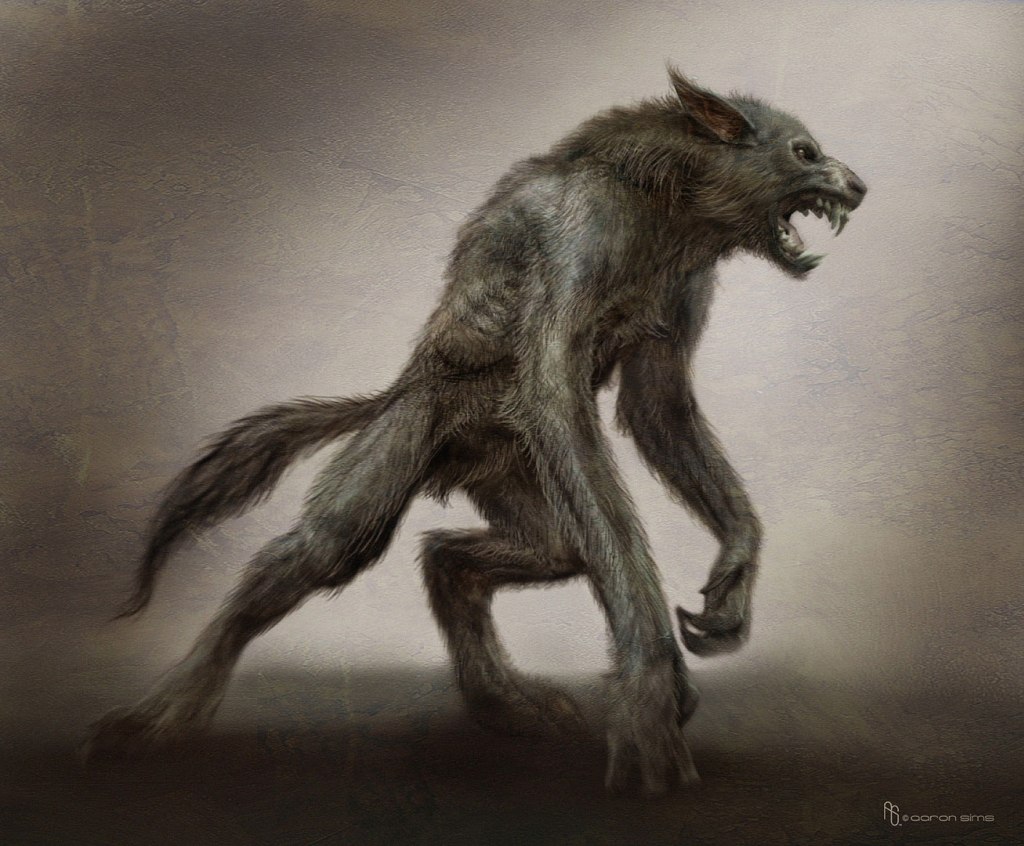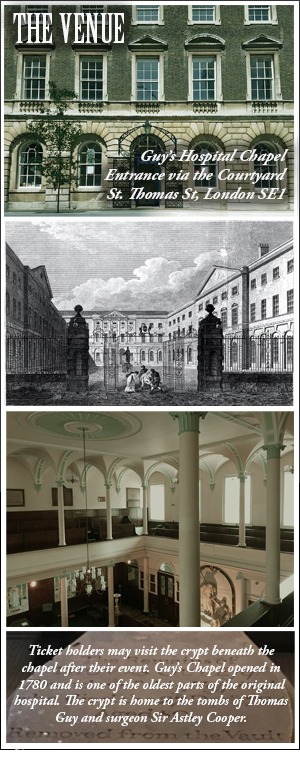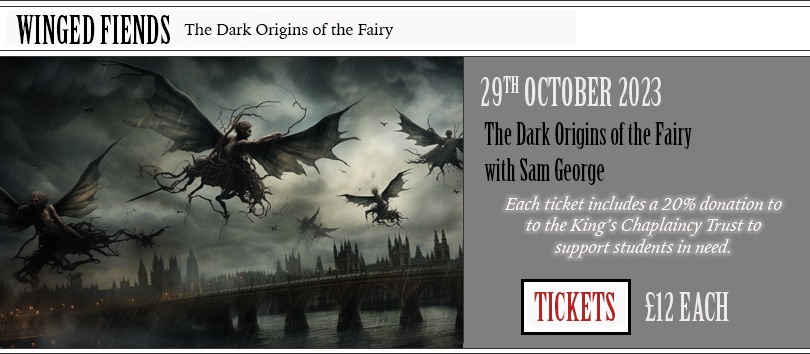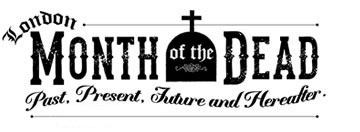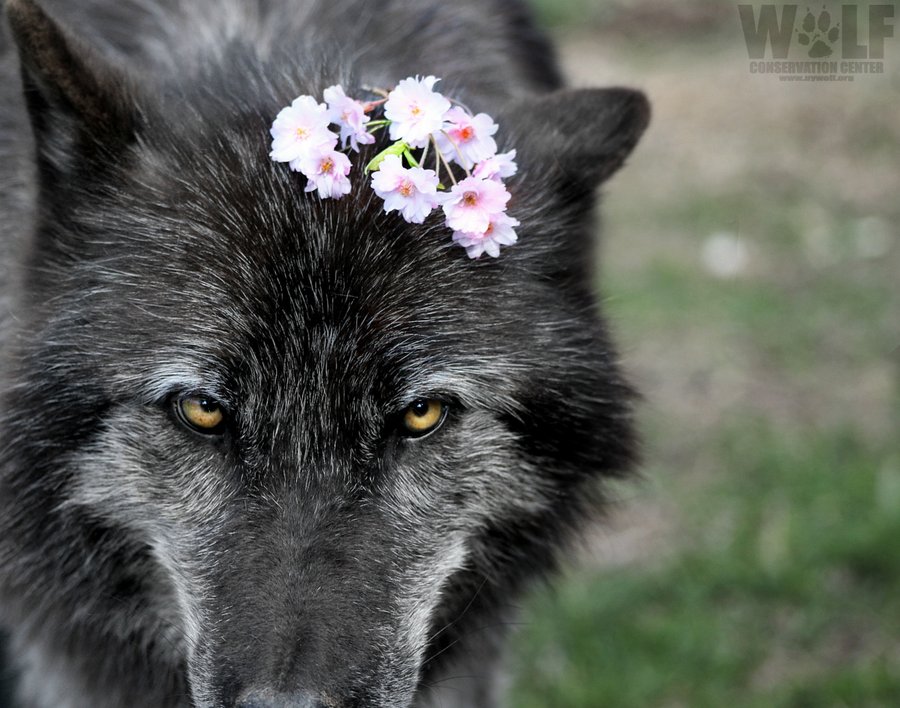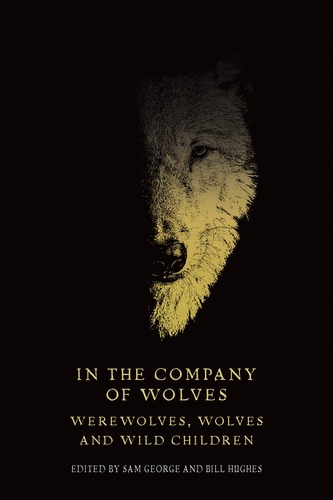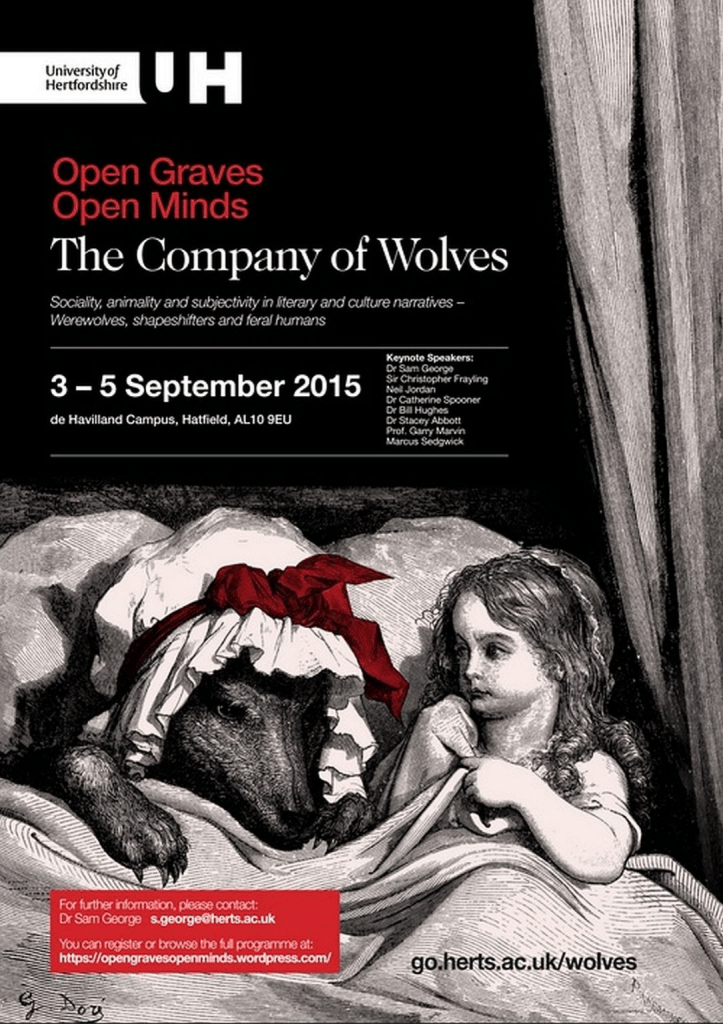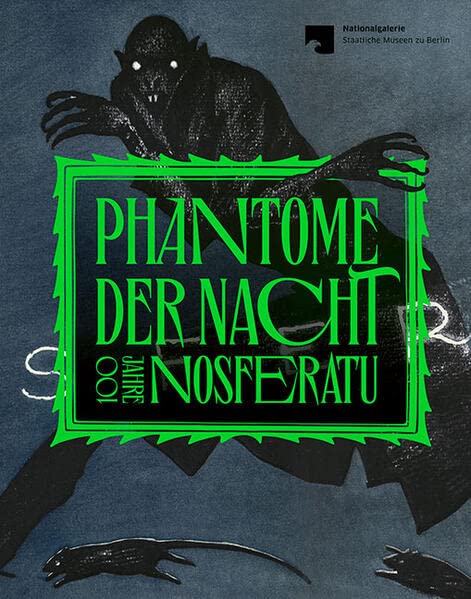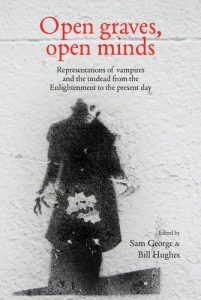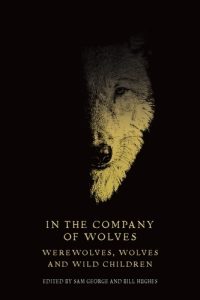Prof. Catherine Spooner, Professor of Literature and Culture at Lancaster University, has been a regular contributor at OGOM events and in our books. Here, she reviews the recent reworking of Dracula in the film Renfield (2023) (from The Conversation, 18 April 2023).
Renfield: Nicolas Cage’s reimagining of Dracula pulls the vampire film into the 21st century
Catherine Spooner, Lancaster University
“Don’t make it a sexual thing!” Nicolas Cage’s Dracula tells Nicholas Hoult’s Renfield in this new interpretation of the classic vampire movie. “I eat boys … I eat girls.”
In a line, the film deftly dismisses a century of post-Freudian interpretations of Bram Stoker’s vampire story – and with justification. Renfield is not about sex, but about power.
https://youtube.com/watch?v=6LmO6rmDW08%3Fwmode%3Dtransparent%26start%3D0
The trailer for Renfield (2023).
This is most obvious when Renfield, Dracula’s servant or “familiar”, attends a support group for codependent people. When the group facilitator, Mark (Brandon Scott Jones), asks Renfield what would happen if he were to stop focusing on his boss’s needs, he responds: “He won’t grow to full power.”
The group finds this apparent metaphor weird, but resonant. In its recognition that gaslighting and emotional abuse are about control rather than desire, the film provides a version of the vampire myth in tune with contemporary debates. There is more than a whiff of #TimesUp about Renfield’s mission to distance himself from his abusive employer.
The film’s most striking power move, however, is on behalf of its production company, Universal. In its latest attempt to reboot its “Dark Universe” franchise – a collection of movies based on the iconic horror film characters the studio established in the 1930s – the production company is aggressively laying claim to the Dracula story.
Citational vampires
Vampire films are, according to critic Ken Gelder, “citational”. This means that they compulsively reference other vampire films, playfully reworking the conventions of the genre. The vampire film talks endlessly about itself.
In Renfield, an eye-catching sequence transposes Cage and Hoult’s faces onto footage from Tod Browning’s Dracula (1931). This was the film that forever identified Hungarian actor Bela Lugosi with the iconic vampire.
Renfield wants to draw our attention to the “original” (itself an adaptation of a stage version of Stoker’s novel) even as, almost 100 years later, it wants to remodel the vampire movie to 21st century specifications.
Recasting Cage in the image of Lugosi repurposes Browning’s film as an origin story for what is ultimately a kind of superhero movie. Renfield eats insects in order to stimulate turbocharged combat skills reminiscent of Marvel characters.
It also, however, evokes the lawsuit that Lugosi’s heirs brought against Universal Pictures in 1966. They accused the studio of profiting from Lugosi’s image after his death through merchandising, initiating a protracted case they eventually lost. It was a landmark ruling, determining that celebrities do not own their own images after their death.
In Renfield, the retrospective adjustment of the original film to star Cage rather than Lugosi is not only a canny joke that plays on the extreme recognition value of both actors. It is also a strategic move intended to bolster Universal’s association with the Dracula brand, as the Browning film’s copyright is due to expire this decade.
Action versus comedy
Renfield has the feel of the first instalment in an action franchise. But unlike previous attempts to hybridise the vampire and action genres, such as the Blade and Underworld series of the early 2000s, it does not take itself too seriously.
Stars Cage, Hoult and Awkwafina deliver their lines as if with permanently arched eyebrows. Indeed, at one point, Cage rapidly raises both eyebrows twice in such an exaggerated manner that it almost breaks the fourth wall.
Elsewhere, extreme gore is exploited for its slapstick potential. In the screening I attended, a scene in which Renfield tears off a villain’s arms with his bare hands and uses them to whack other opponents had some audience members in stitches.
There is a long tradition of vampire comedy. Stoker’s novel has vampire hunter Van Helsing break down in hysterical laughter, blaming “King Laugh”, a grinning skeleton who combines hilarity and death in the manner of the medieval danse macabre.
The self-referential nature of vampire cinema gives rise to comedy. Appreciation of Renfield’s visual gags and snappy one liners is enriched by familiarity with previous vampire films. Cage’s characteristically over-the-top interpretation of his role inevitably recalls any number of his previous performances.
He even seems comparatively restrained besides his extraordinarily unhinged appearance in the 1988 black comedy Vampire’s Kiss – another film that uses vampirism as a metaphor for gaslighting and abusive relationships.
The film never quite delivers what it promises, however. While comparable contemporary vampire film What We Do in the Shadows and its spin-off TV series allow emotional insights to surface through the comedy, in Renfield any potential profundity is deflected into action stunts.
The gleeful lashings of ultraviolence result in a kind of moral murkiness, in which audiences are never sure whether they are rooting for the underdog or the violent enabler of a centuries-old serial killer.
A film less determined to please its audience might lean into this ambiguity and allow genuine complexity to emerge. Here, however, an uneven tone betrays an uncertainty of purpose. Ultimately, Renfield’s witty attempt to reframe a familiar story is compromised by its corporate brief: to shore up an unstable cinematic empire.
Catherine Spooner, Professor of Literature and Culture, Lancaster University
This article is republished from The Conversation under a Creative Commons license. Read the original article.
